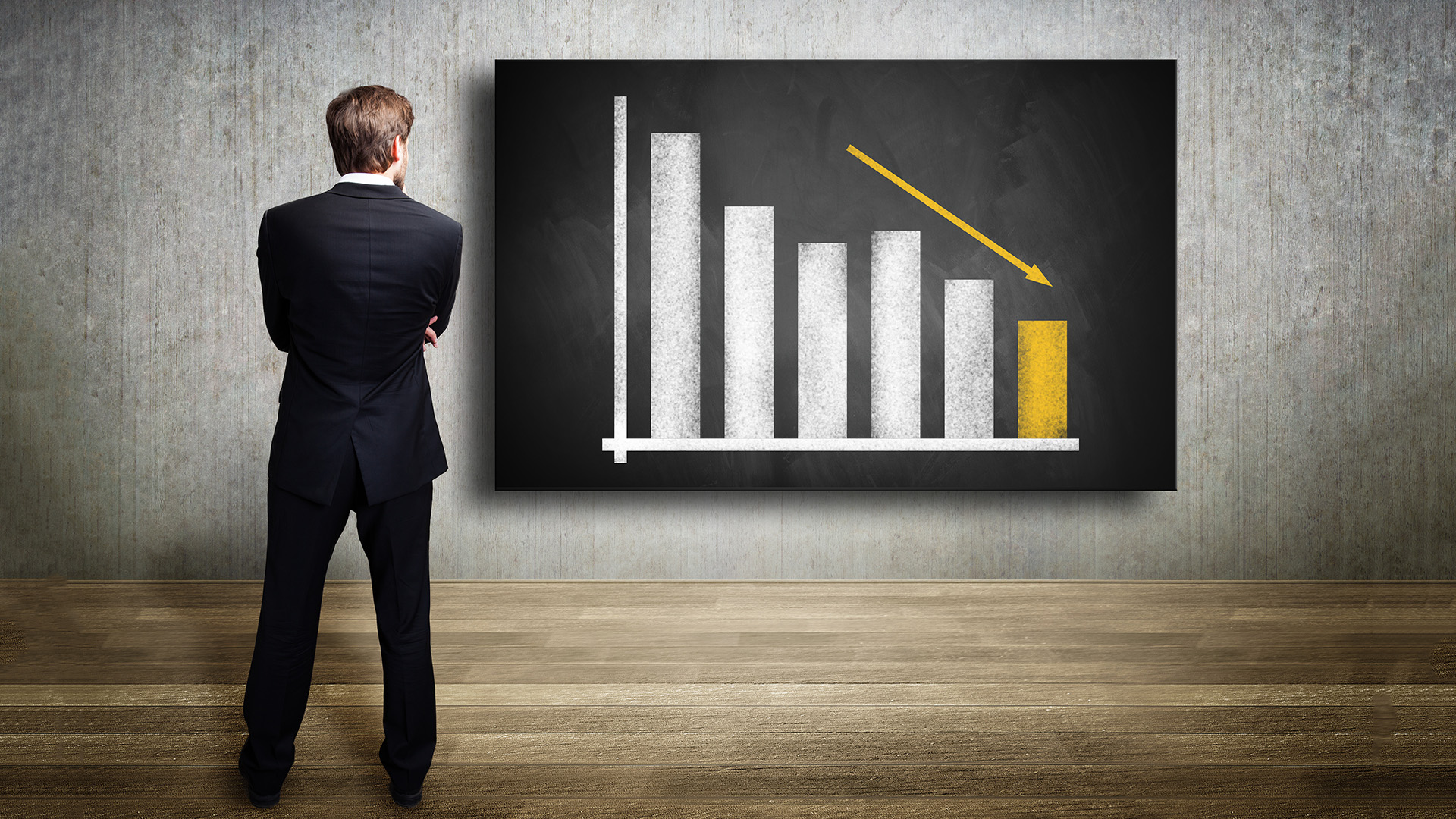I suppose the question has to be asked: what next after the events of the past week?
Especially if the US economy doesn’t steady, financial markets still shake and confidence is further rattled.
The Fed has around 1.25% left in rate cuts before it has to think very seriously: it knows it doesn’t have enough money to really support the financial system for more than a few months. After that it’s up to the politicians in the middle of an election campaign.
They’ve already made a move changing the capital requirements for the mortgage insurers, freddie Mac and Fannie Mae which will enable them to buy more mortgages and support housing.
That is at least recognition of the major issue still outstanding in the US.
That in turn begs the question: what was the most important bit of news so far in this historic week?
Was it the bailout and forced sale of Bear Stearns for a loss of 99% of its sharemarket value a week ago? Was it the Fed’s $US30 billion loan to JP Morgan to do that deal, was it the emergency lifeline from its discount window to the US financial system, or was it the sixth interest rate cut since last August, with another 0.75% off the Federal Funds Rate?
I would argue it was none of those, vital as they were: it was two small items (swamped by the aftermath of the Bear Stearns rescue and the rate cut).
It was news that Producer Prices in the US (or wholesale inflation), is still running at worrisome levels of 6.4% annually, and new home starts and new home building permits again fell in February.
The PPI figures are a reminder of possibly the only thing keeping the US economy from crunching into a deflationary spiral: that’s inflation due to the weaker dollar, higher oil and food prices.
The Fed and Chairman Ben Bernanke are worried if the slump deepens that inflation will turn into deflation: although that would require China, India, Brazil and other developing countries to slow dramatically to take the pressure out of world energy costs and the prices of other commodities.
But it is a more distinct possibility at the moment than at any time in the current crunch. That’s because the primary cause of the slump and crunch, the collapsing US housing market, shows no sign of stabilising.
The fall in new home starts and permits (which were down a worrying 7.8% in February), is a reminder that America is still in the first phase of this slowdown: the collapse of the housing sector and the wholesale destruction of equity, credit, profits and leverage.
Now new homes only account for around 15% of the US home market. Next week we will see what is happening in the other 85%: the market for existing homes where there’s a growing overhang of unsold properties blighting cities and towns across the US.
House prices are still falling: that’s crimping property taxes and other income across the entire USA. Later this year the financial strains of local and state governments will become big news, with the threat of thousands of job losses. Many US cities, towns and states can’t go into deficit financing: they have to cut spending to stay in the black. When that happens, it is going to feed more fuel to the debt and credit crunch.
It should also act as a reminder that there are problems elsewhere in the world: Spain, Ireland, parts of Italy, Britain and Japan all have house price concerns.
In case anyone thinks that the bottom has been reached, here’s a sober assessment of the near future from a senior British government official yesterday.
In evidence to the Treasury Select Committee of the British parliament, David Ramsden, the UK Treasury’s top macro-economic expert, said that the government now expected the credit crunch to last until at least mid-2009. He told members that consumers seeking credit from banks and finance houses, that conditions were unlikely to improve this year.
He said this means that the millions of British people will have to pay more for their mortgages when cheap deals expire this year.
We have to remember that it’s the housing slump and subprime mess that’s dragging the rest of the economy down: not the other way round. A year ago every commentator said this couldn’t happen. It now is and has a way to play out.
US house prices have fallen by 10% so far and investment bank, Goldman Sachs sees that falling further, doubling to 20% or more: perhaps as much as a 30% decline.
There are no more subprime mortgages: triple-A-rated mortgages insured by Fannie Mae and Freddie Mac, the two quasi-US Government guaranteed giants of the US home sector, have seen the market attack the value of their bonds in a direct challenge to the creditworthiness of the US Government.
As we saw with Bear Stearns quick flight to collapse, nothing is off limits to investors scared or desperate to stay afloat, or just to try and make a buck.
The International Monetary Fund said on Monday of this week that "Obviously the financial market crisis is now more serious and more global than a week ago".
Will we in Australia with our debt ladened housing sector escape?
We at least have a solid economy, with no flaws except the debt levels of households: but then every major economy has that problem.
Japan is leaderless as the government and opposition squabble over the most important job right now: a new head of the central bank, the Bank of Japan. That petty, political dust up shows how Japanese politicians have again failed the country and failed to have enough spine to show leadership.
Japan should know: it has battled 19 years of low growth, deflation, recession and rising social dislocation from the collapse of its property bubble in 1989.
At least there’s no lack of leadership in the US or aggressive moves by regulators to try and control the situation and put some confidence back into the market.
President Bush is damag













